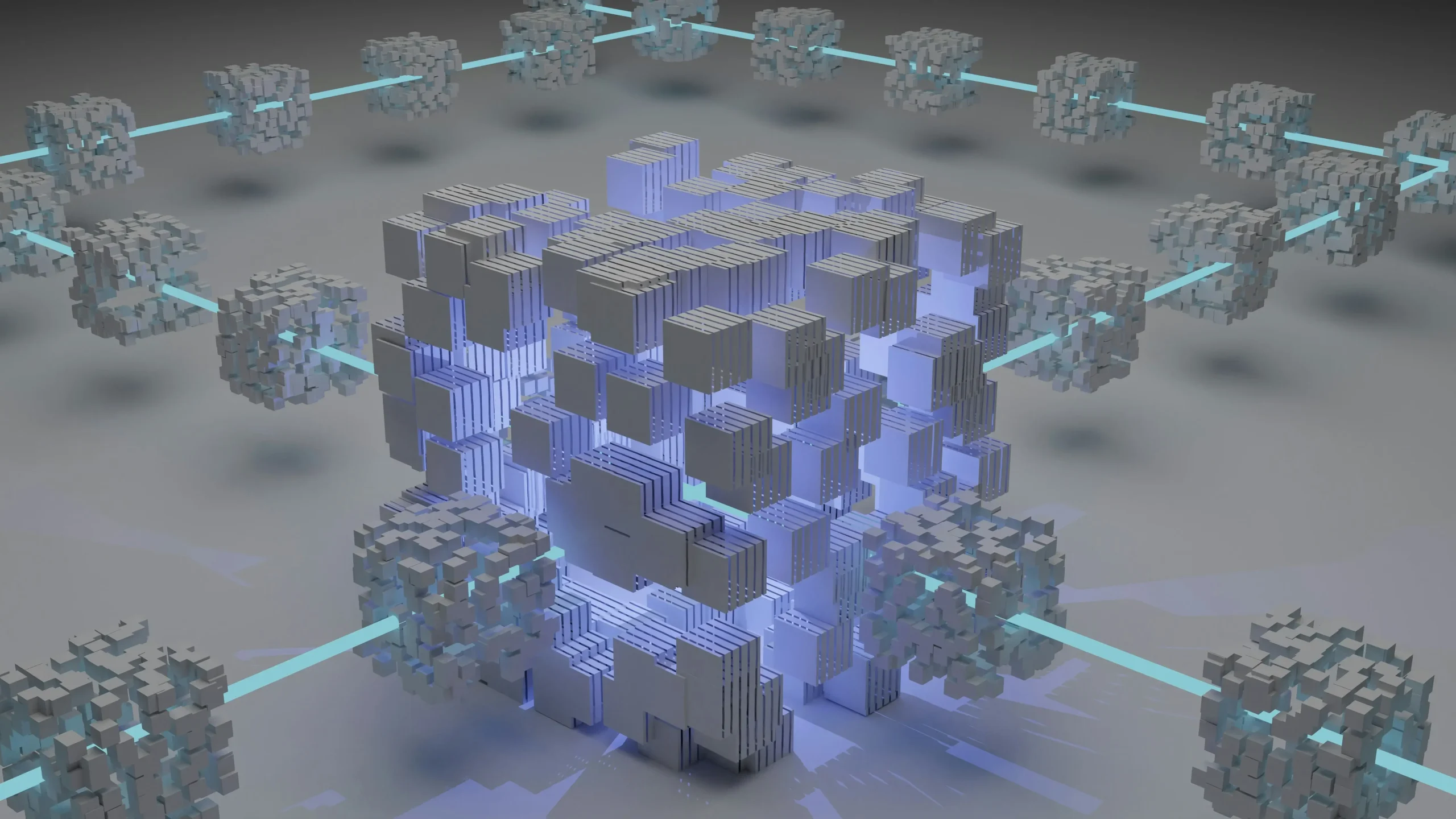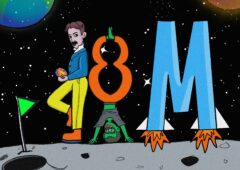Israel vs. Iran: Who Really Leads the Middle-East Blockchain Race?
13.06.2025 20:00 2 min. read Alexander Stefanov
Middle-East crypto adoption tells an unlikely story: Iran is setting the pace on raw user growth, while Israel dominates the engineering side.
Recent market research pegs Iran’s 2025 crypto turnover at roughly $1.5 billion from 6.7 million users; Israel’s slice is smaller—about $616 million and 3.6 million enthusiasts—but it boasts deeper fintech expertise and a robust startup scene.
Policy frameworks could not be more different. Tehran re-opened trading only after wiring exchanges to its central bank for full data visibility, shuttering Tether rails in January and taxing everything from mining income to profitable trades. In Jerusalem, lawmakers treat tokens as property subject to a 25 % capital-gain levy and insist on strict anti-fraud rules, yet still nurture a pilot “digital shekel” to keep the country on the cutting edge of payments.
Then geopolitics intervened. An Israeli strike on the Iranian city of Tunhan rattled global finance, wiping out more than $1 billion in highly leveraged crypto positions and reminding traders that digital assets—though borderless—are not immune to regional flashpoints.
Whether the rivalry escalates or cools, both nations are now firmly intertwined with the crypto economy. Iran’s command-and-control approach aims to harness blockchain without ceding monetary authority, while Israel bets that open innovation—tempered by regulation—yields longer-term dividends. For investors, the lesson is clear: adoption can flourish under wildly different playbooks, but price stability still hinges on forces far beyond the blockchain.
-
1
Cardano and Ethereum Lead in Developer Activity as GitHub Commits Surge
14.07.2025 12:00 1 min. read -
2
Ripple Powers UAE’s First Tokenized Real Estate Project via XRPL
16.07.2025 21:00 2 min. read -
3
German State-Owned Development Bank Issues €100 Million Blockchain Bond
11.07.2025 7:00 2 min. read -
4
BNB Chain Upgrades and Token Delistings Reshape Binance Ecosystem
16.07.2025 22:00 2 min. read -
5
Tether Ends Support for Five Blockchains in Infrastructure Shift
12.07.2025 11:30 2 min. read
Wall Street Moves Onchain: Tokenized Finance Enters its Breakout Era
The tokenization of real-world assets (RWAs) has entered a new phase in 2025—no longer a concept, but a confirmed trajectory.
Vietnam Launches National Blockchain to Digitize Government and Citizen Services
Vietnam has officially launched NDAChain, a national blockchain infrastructure designed to underpin its digital transformation strategy.
Solana Plans 66% Block Upgrade to Boost Network Capacity
Solana developers have introduced a new proposal aimed at pushing the network’s performance even further.
Chainlink Partners With Westpac and Imperium to Tokenize Finance in Australia
Chainlink has announced a major institutional partnership with Westpac Institutional Bank and Imperium Markets as part of Project Acacia—a joint initiative involving the Reserve Bank of Australia and the Digital Finance Cooperative Research Centre (DFCRC).
-
1
Cardano and Ethereum Lead in Developer Activity as GitHub Commits Surge
14.07.2025 12:00 1 min. read -
2
Ripple Powers UAE’s First Tokenized Real Estate Project via XRPL
16.07.2025 21:00 2 min. read -
3
German State-Owned Development Bank Issues €100 Million Blockchain Bond
11.07.2025 7:00 2 min. read -
4
BNB Chain Upgrades and Token Delistings Reshape Binance Ecosystem
16.07.2025 22:00 2 min. read -
5
Tether Ends Support for Five Blockchains in Infrastructure Shift
12.07.2025 11:30 2 min. read


